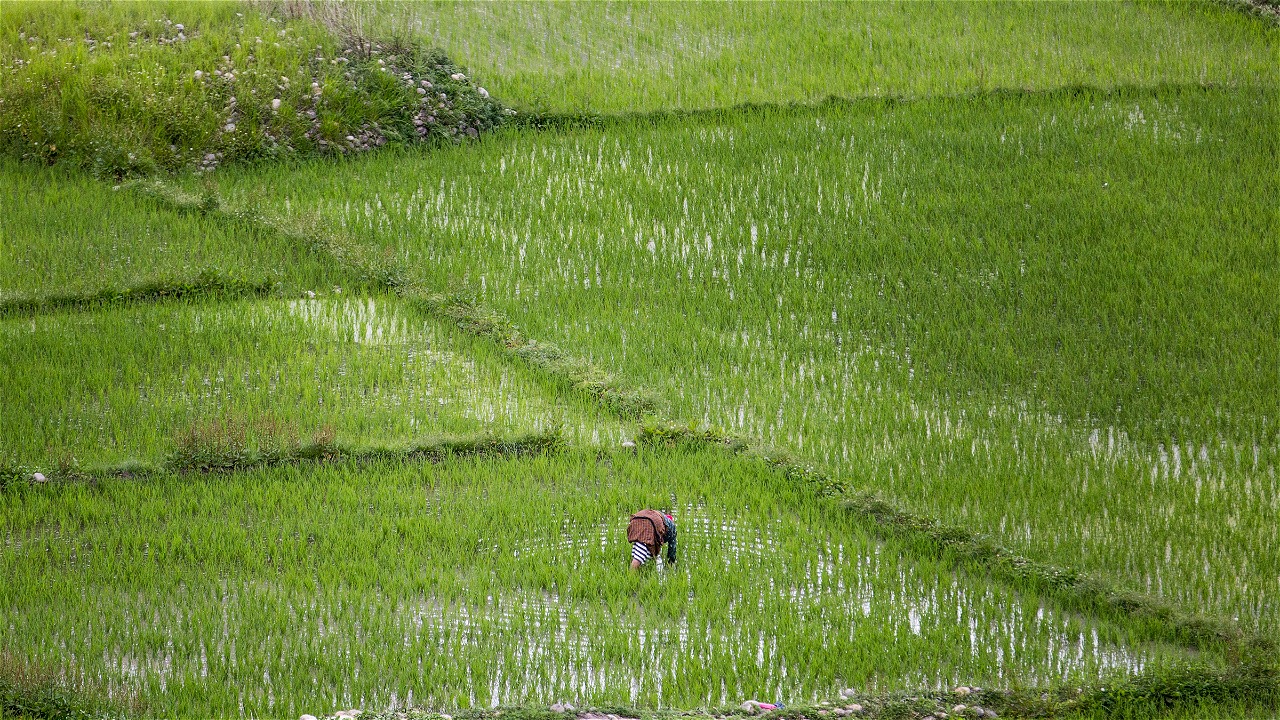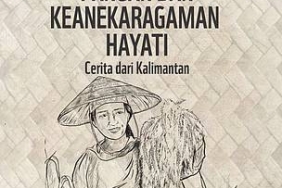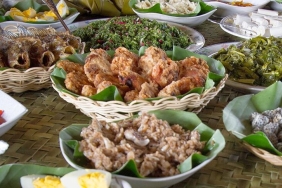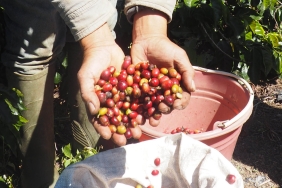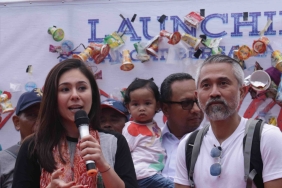SUSTAINABLE AGRICULTURE FIELD SCHOOL: LEARNING FROM THE TENACITY OF SUOH FARMERS
By: Hijrah Nasir
Located in West Lampung, Lampung Province, Suoh and Bandar Negeri Souh sub-districts hold great tourism potential, ranging from the presence of waterfalls, lakes, to volcanic craters with marble-like rock floors. Both sub-districts are one of the entrances to the Bukit Barisan Selatan National Park. The people of this area depend on the land they cultivate with various plantation commodities, including cocoa, coffee and pepper. Some people also farm rice.
Getting to Souh still requires a 7-hour drive from Bandar Lampung City. From Tanggamus, the road begins to be dominated by rocky soil. Coffee, cacao and other mixed crops are lined up neatly. Some non-permanent wooden houses are built by landowners who grow coffee and cacao. Some large trees on the left and right of the road can still be found as we pass through the Kota Agung Utara Protected Forest. But as the number of people who come here increases, the trees are replaced with plantation crops. This is a challenge for key animal conservation efforts in Bukit Barisan Selatan National Park.
Armed with this, WWF together with Rumah Kolaborasi partners provide assistance to the community in Souh in supporting efforts to protect key animal habitats. 2016 was the beginning of assistance for organic rice and cocoa farming in these villages. The concept of sustainable agriculture field school was introduced to encourage the community to intensify their farmland. It is hoped that in this way, the community can reduce pressure into the forest which is still an important habitat for key animals, including Sumatran tigers, Sumatran elephants, and Sumatran rhinos which have been categorized as critically endangered species. This is important considering that this area is a buffer village for TNBBS. Key animals whose existence is getting less and less in nature experience various threats due to hunting, habitat shrinkage, and conflict with the community.
There were 16 meetings in this group-based organic rice field school. The number of farmers successfully involved was 85 people from 6 villages. One of the things that makes this sustainable agriculture field school interesting is how to encourage farmers in the village to be the subject of the empowerment carried out. With an understanding that farmers already have rich farming knowledge that they have inherited from generation to generation. Farmers are invited to find out how nature works and affects their agricultural cultivation patterns. In the meeting they learned the concept of agro-ecosystems (agronomy and pests and diseases), including analyzing and taking action by making fertilizers according to plant growth and handling pests and diseases of rice plants with an organic farming approach.
Thanks to the rice farming field school training, farmers who initially used chemical pesticides excessively have now begun to switch to an environmentally friendly agricultural model. However, after the training, the rice produced cannot be called organic farming because it is only at the stage of reducing the use of chemical fertilizers and replacing them with organic fertilizers. But as the farmers gain experience from a series of trials, they have succeeded in producing organic rice that is quite attractive to the market.
Thanks to the tenacity of the community, they are now active in a farmer's organization called the Souh Valley Farmer Community. They consist of 42 members from two sub-districts who previously received organic farming field school training. The 25 hectares of paddy fields they cultivate can produce 5-6 tons per hectare in the dry season and 6-7 tons per hectare in the rainy season with pandan wangi, mentik susu, and manalagi rice varieties for white rice, as well as black rice and superior local brown rice. In a month, the group is able to buy an average of 1 ton of ready-to-sell rice from its members. Uniquely, each member has their own ID number. And to maintain uniform rice quality among members, each farmer is encouraged to dry and grind his paddy for two days. This is so that the rice produced does not break or crumble when milled.
In the future, they hope to increase productivity and be able to buy more organic rice from farmers. They want the group to also have their own drying and grinding machines so that they can increase productivity and community members do not need to process their own rice. Currently, the organic rice has been marketed to various areas, including Bandar Lampung and Liwa. Some organic rice is also still sold around the sub-district.
Organic farming has succeeded in increasing the price by a difference of 2,000 rupiah per kilogram. In addition to improving the quality of the environment and being healthier, organic farming is also able to increase the selling value and lower production costs which is profitable for farmers. The challenge ahead is to encourage farmers to pass on their successful organic rice farming experience to more people in Suoh. The success of the field school group has been quite helpful in the socialization process that this method will be successfully used in organic farming of other crops.
Changing farmers' cultivation patterns to organic still has a long way to go. But along with the increasing demand for organic food among consumers, it is a breath of fresh air for organic farmers. Hopefully Indonesia can learn from Sikkim, a small region at the foot of the Himalayas that has managed to become 100% organic thanks to the wisdom of its people who have stopped using chemical fertilizers and pesticides since 2016. This agro-ecological pattern has successfully increased farmers' income and made their farms more resilient to climate change. On this International Food Day 2018, let us support sustainable agricultural cultivation patterns.

